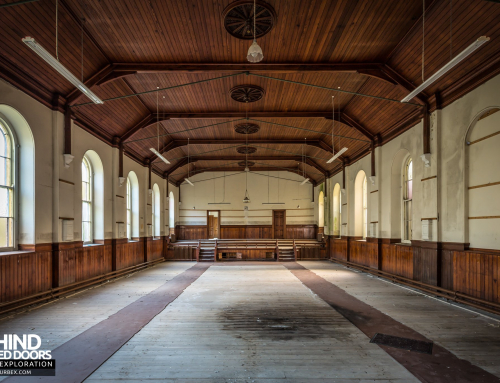Our friends at Architecture for Humanity ask that we spread the word that the winners of its 2009 challenge have been announced – and we are happy to do that.
The accompanying press release quotes a World Bank estimate that “ten million new classrooms are needed” to reach its targets on education and that, in addition, “tens of millions of crumbling classrooms – including many in the United States – are in desperate need of upgrading”.
“Meeting this demand for better learning environments will constitute the largest building project the world has ever undertaken” says the Bank.
This assertion, while no doubt welcome to architects and builders, is tendentious in the extreme. There is no evidence that throwing money at building projects makes a vast difference to the education that happens within them.
On the contrary: money for hard infrastructure is too often invested at the expense of money spent on teachers – or on simply getting out more.
Elaine Hall, a British education researcher who studied past building programmes, found that while improvements to schools where the buildings fell below an acceptable standard did have a significant impact upon health, student morale and student performance – the same could not be said once an adequate standard of provision was reached.
What is or is not an “acceptable standard” is a moot point. Hall’s research seems to confirm my own prejudice (on page 147-148 of In The Bubble) that “there’s no need to purpose build huge numbers of schools and colleges”.
This argument was put more cogently than I ever could put 35 years ago by IIvan Illich in Deschooling Society. The more pressing challenge, surely, is to confront the the dimishing spaces of childhood.
But let’s accentuate the positive. We are proud to announce another winner – The Doors of Perception Other Classroom of the Future:






